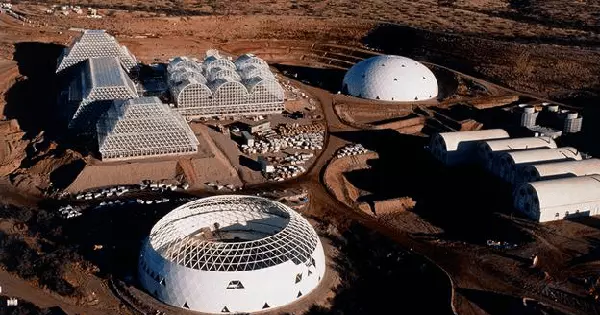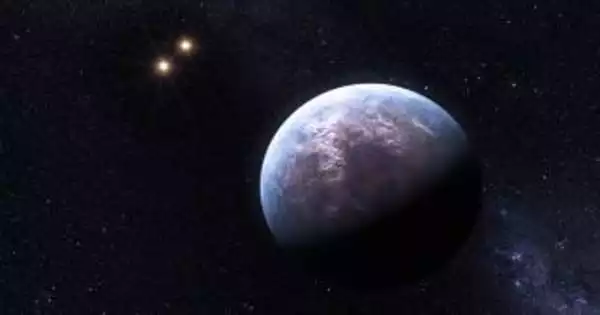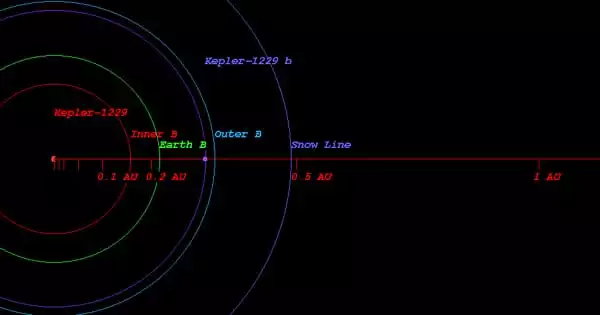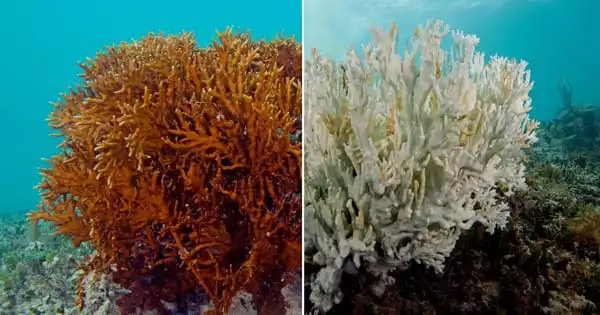Experimenters discovered that while Martian circumstances are unforgiving to kombucha cultures, a bacterium species inside the culture survives and maintains its potential to manufacture cellulose. This means that cellulose might not only be a sign of life beyond Earth, but it could also be a mechanism to safeguard microscopic life in harsh circumstances, laying the groundwork for terraforming efforts on other worlds. To many, kombucha is merely a drink consumed for the sake of gaining cool points or purported gastrointestinal benefits (aside from people who really like drinking vinegar).
The biofilm of symbiotic yeasts and bacteria that ferment carbohydrates to create gluconic and acetic acid, as well as numerous enzymes and other tiny compounds, is a research goldmine for microbiologists. The dynamics of kombucha culture are so fascinating that in 2014, a group of scientists transported a dehydrated kombucha biofilm to the International Space Station (ISS) to observe how microgravity influenced its growth.
Some of this material was grown for 18 months in a Martian-like environment on the exterior of the ISS while exposed to space radiation before being returned to Earth and nurtured for another two and a half years. The genomes of the constituents were then compared to their less-traveled equivalents. The findings were reported in the journal Frontiers in Microbiology.
Distinct bacteria in the Kombucha culture play different functions, as they do in any symbiotic community. The bacteria Komagataeibacter oboediens creates cellulose, which is responsible for the formation of plant cell walls and the majority of cotton fiber. While other members of the community died from exposure to space radiation and a near-pure CO2 atmosphere, Komagataeibacter was able to live in a state where it could manufacture more cellulose once it was restored to a more hospitable environment. Furthermore, by most criteria, its genome was quite similar to the so-called ground sample when it returned to Earth.
The length of plasmids (extrachromosomal DNA) and the position of CRISPR-associated proteins’ genes were the only exceptions, according to the report, but “these changes […] do not impact any genetic metabolic profile of cellulose synthesis.” “This shows that K. oboediens is a strong contender for cellulose synthesis in the Mars colony’ industry,” the authors conclude. Kombucha had previously been investigated as a potential probiotic drink for astronauts on extended space missions, but its ability to produce cellulose is far more essential.
To the biofilm, cellulose serves as a barrier against competing bacteria as well as protection from oxygen transport and UV radiation. The authors believe K. oboediens’ survival was due to the cellulose shield. To Martian colonists, cellulose provides a chance to manufacture fibers for garments, paper, and other items, as well as a way to safeguard nitrogen-fixing organisms, which are essential for making Martian soils appropriate for producing food.
This also raises the potential that alien species may have developed a similar approach in hostile environments. Searches for pre-existing life on Mars or other planets with minimal atmosphere might seek for cellulose as a sign of life. However, there is one drawback to the results. Antibiotic resistance genes were elevated in space-traveling bacteria, posing a new threat to future missions.
















